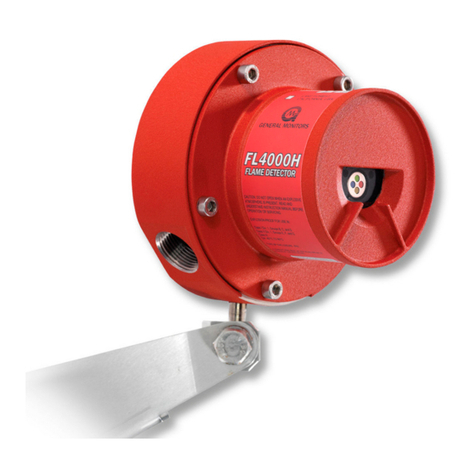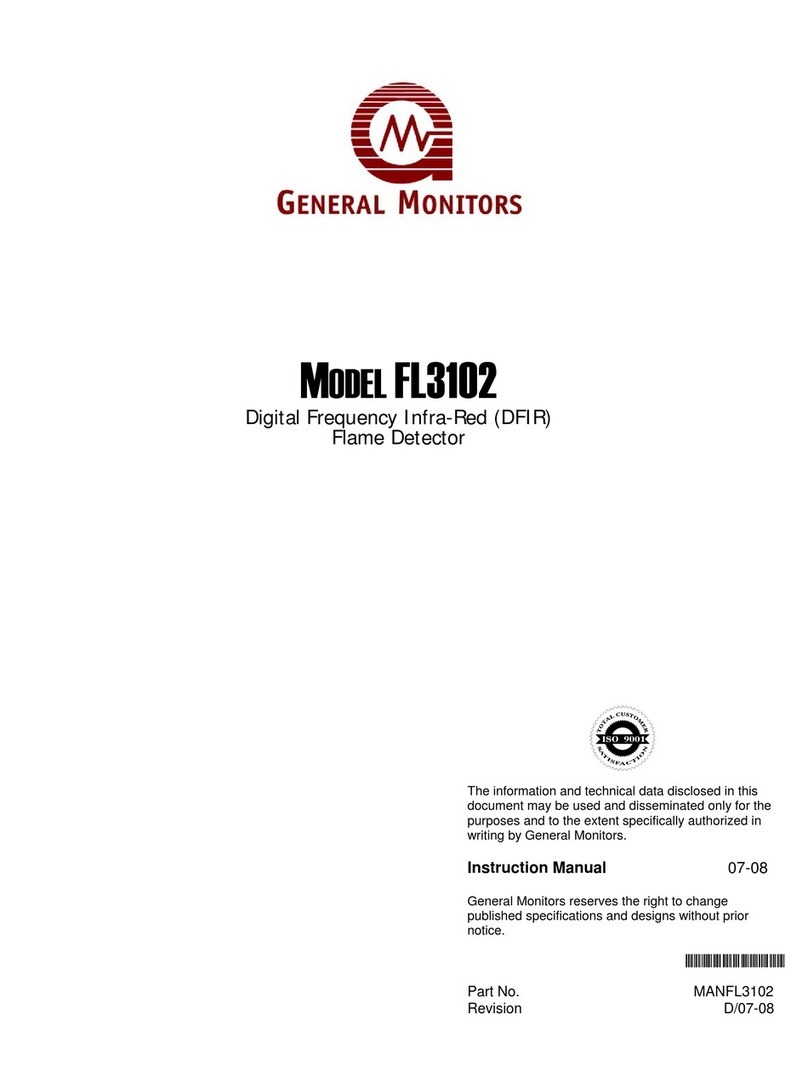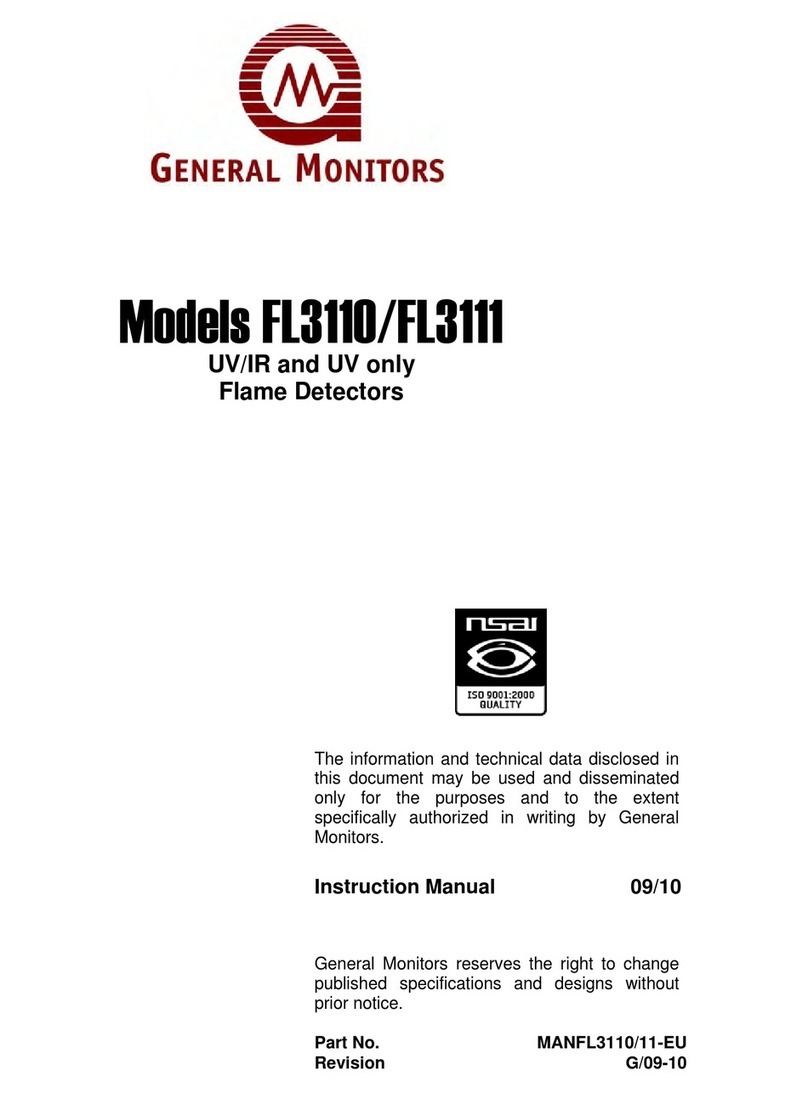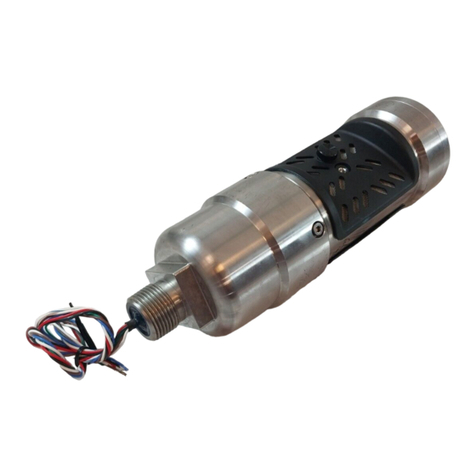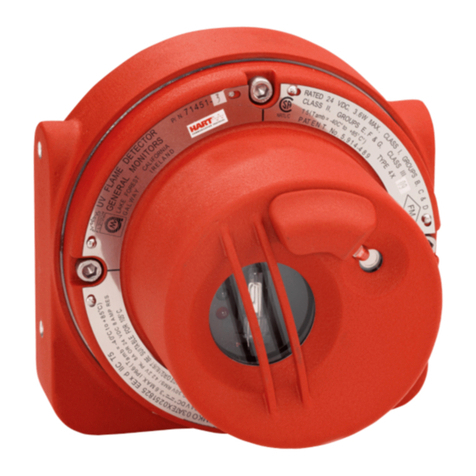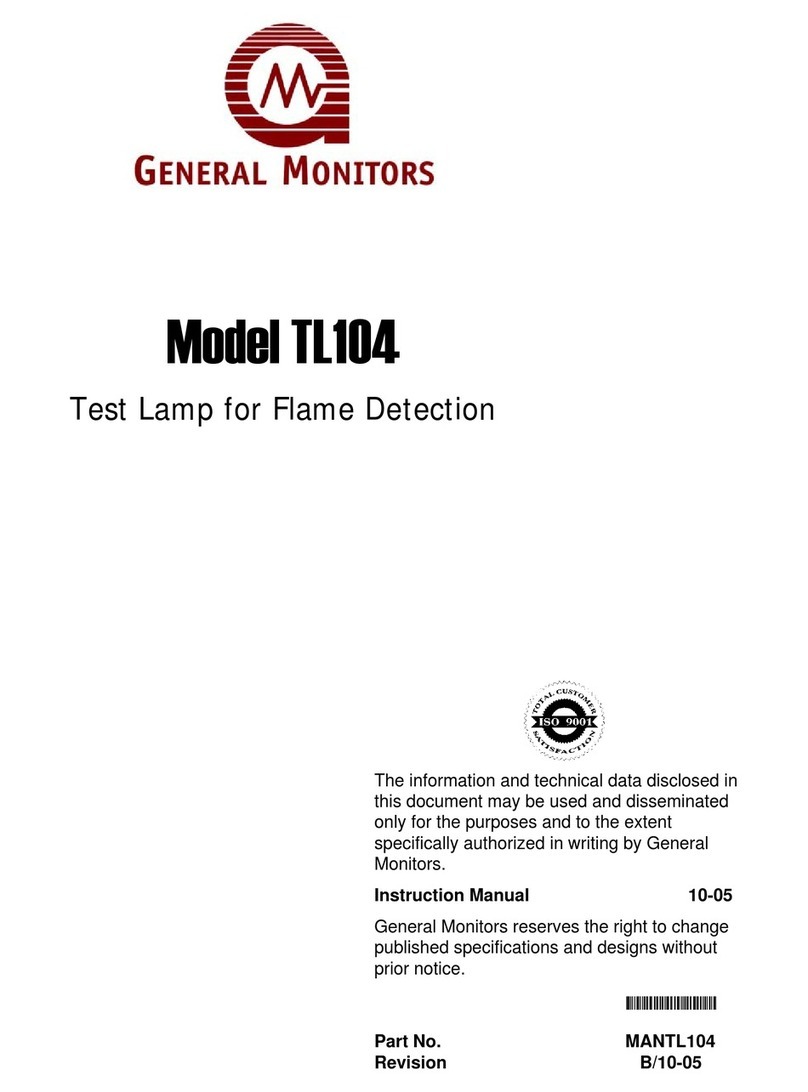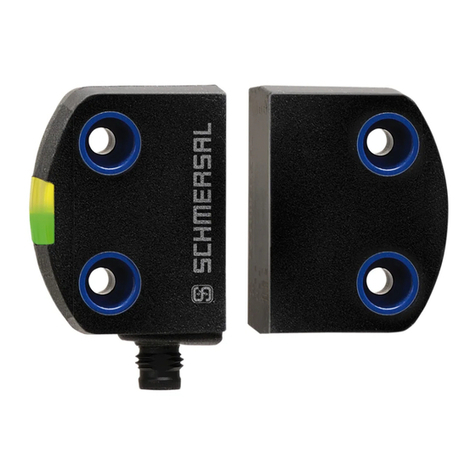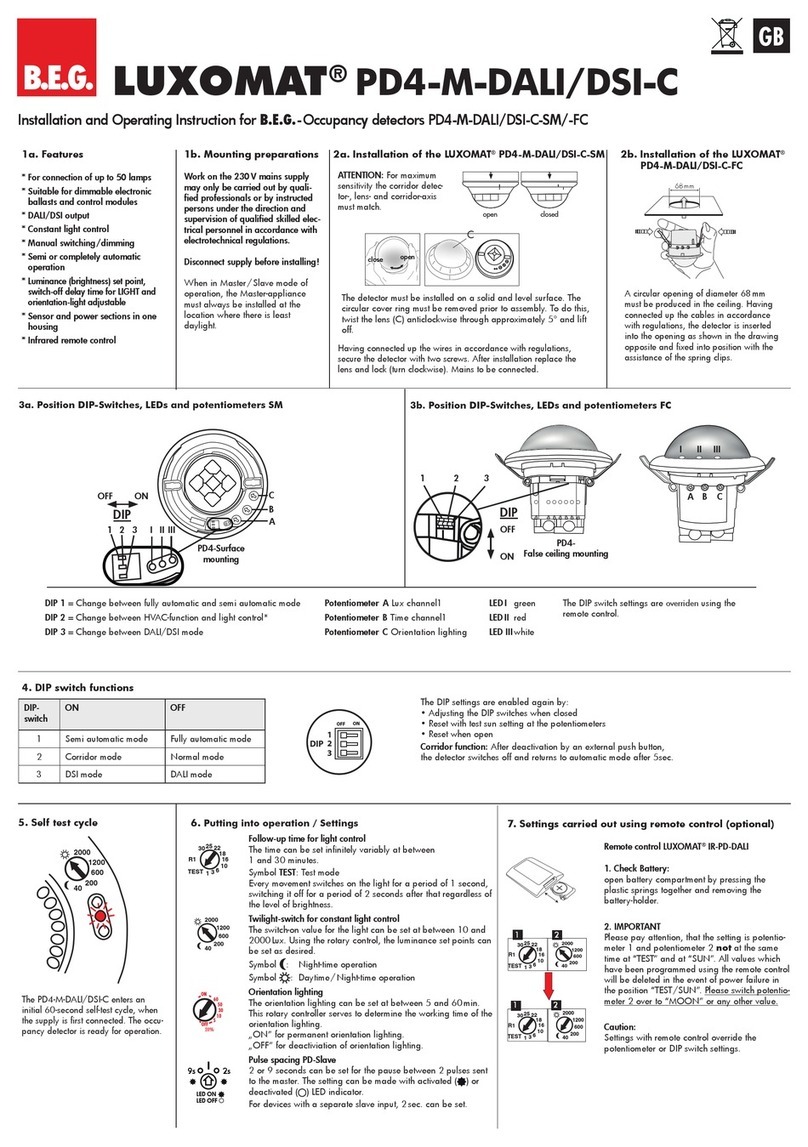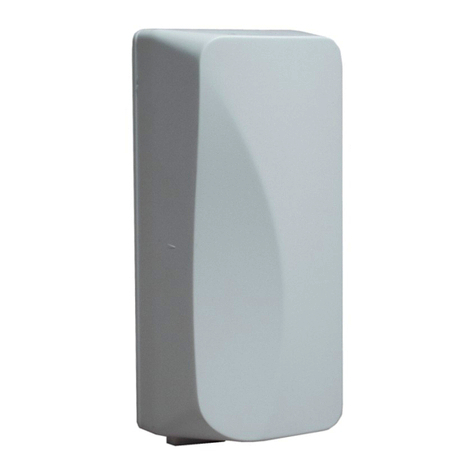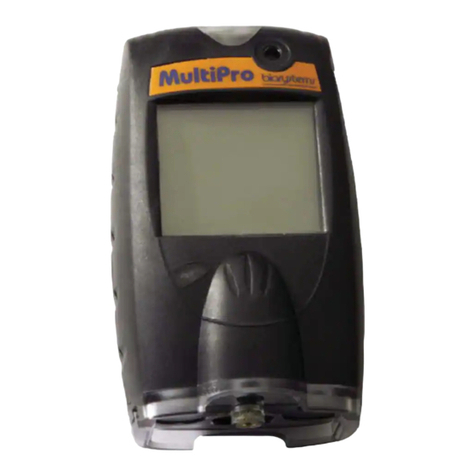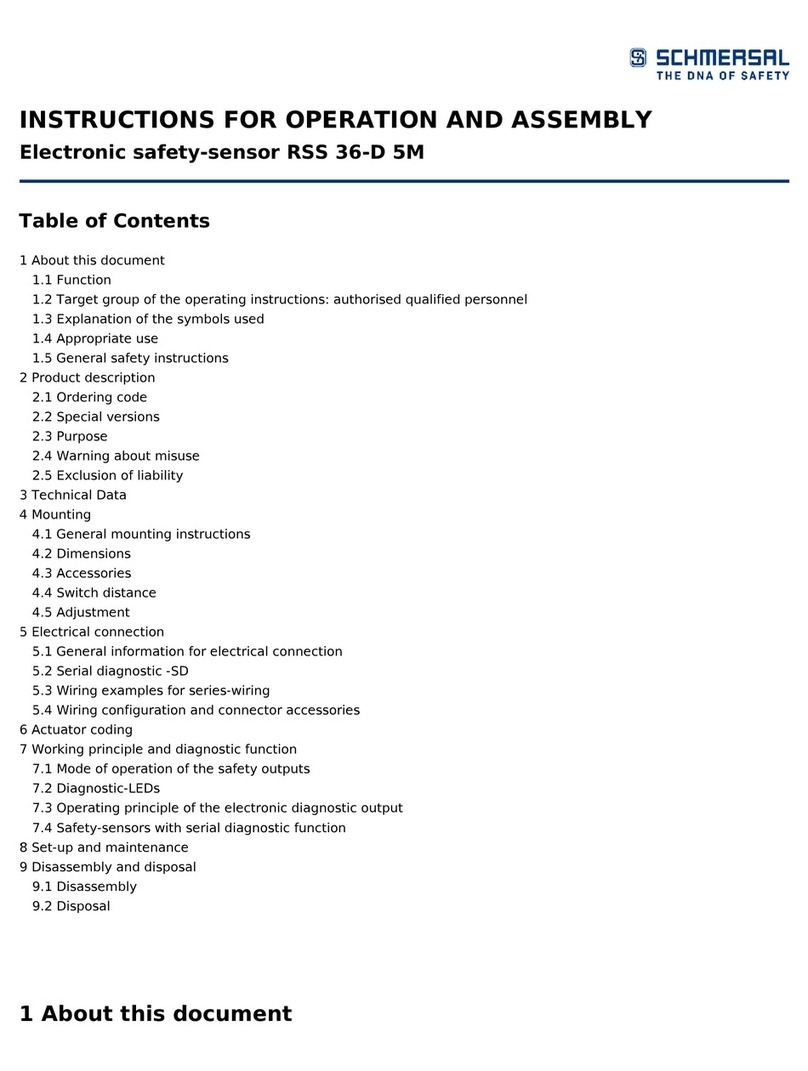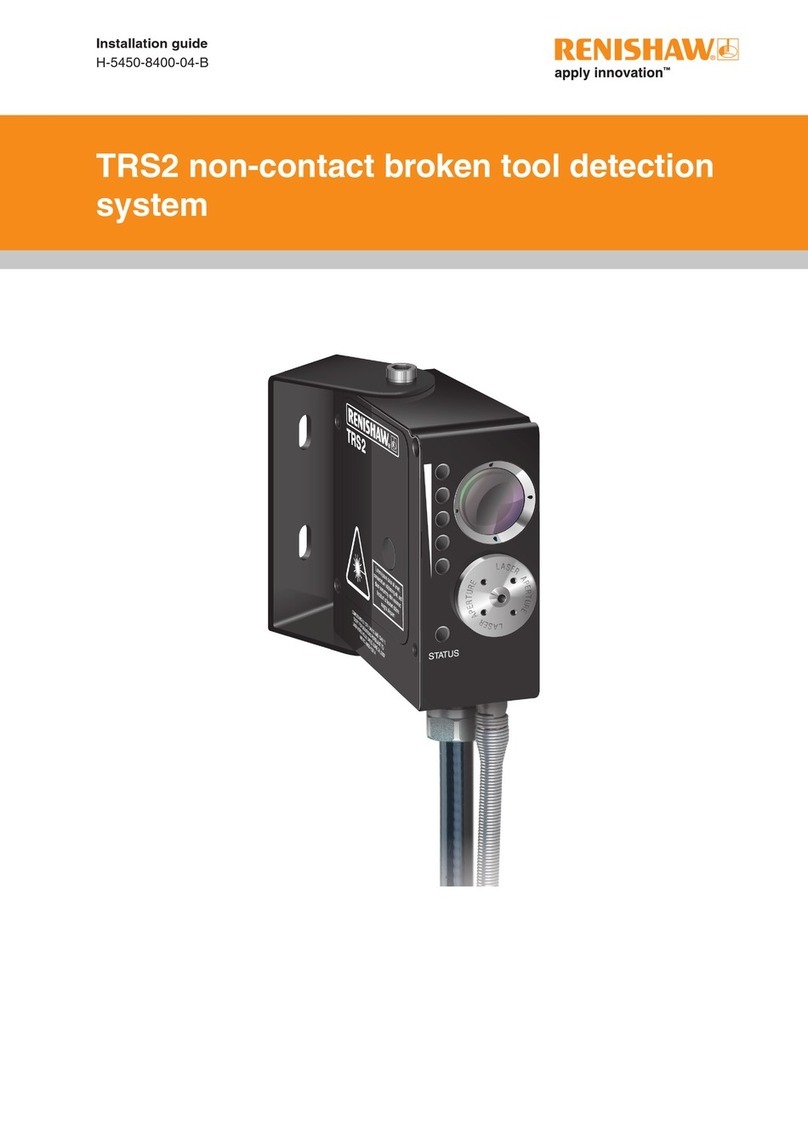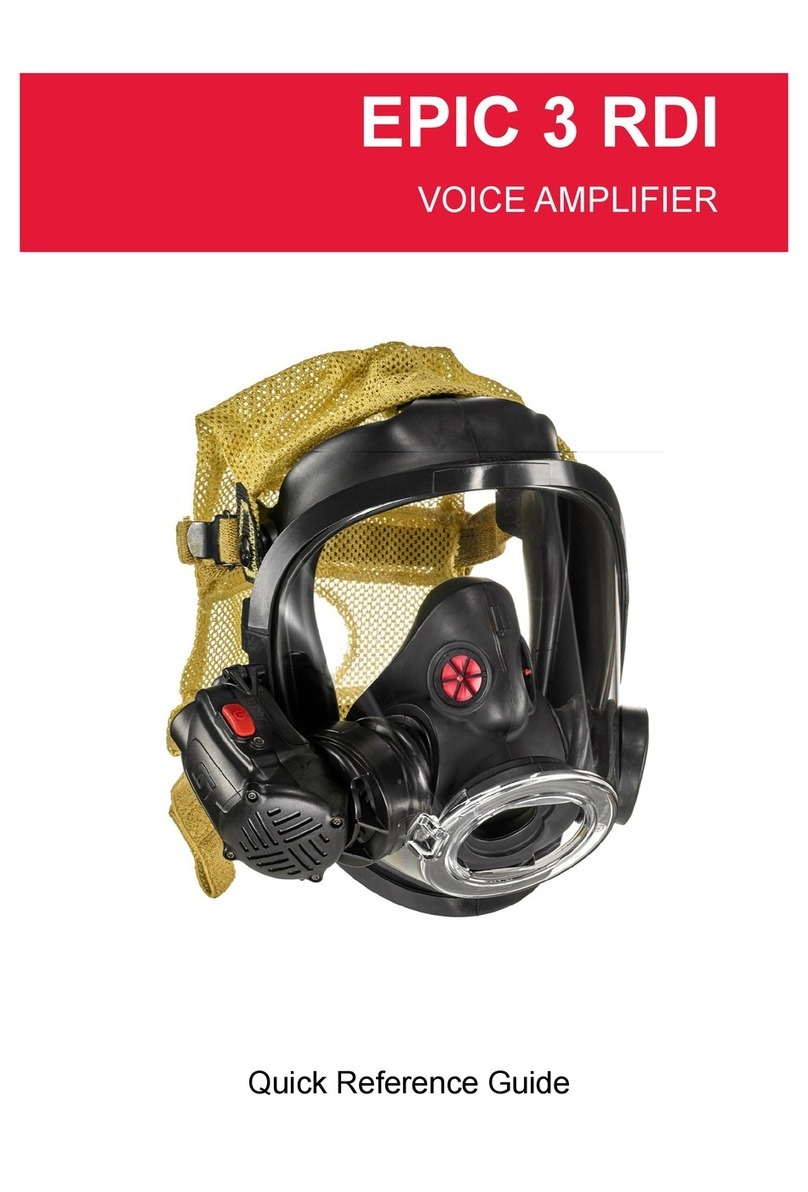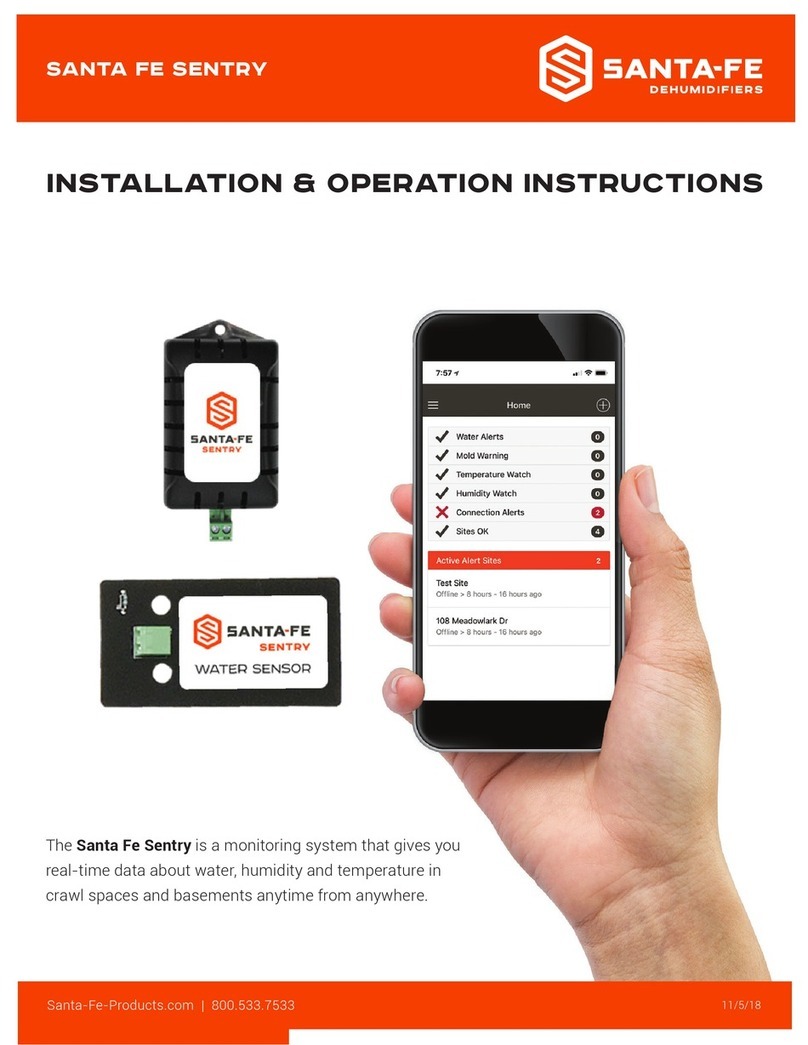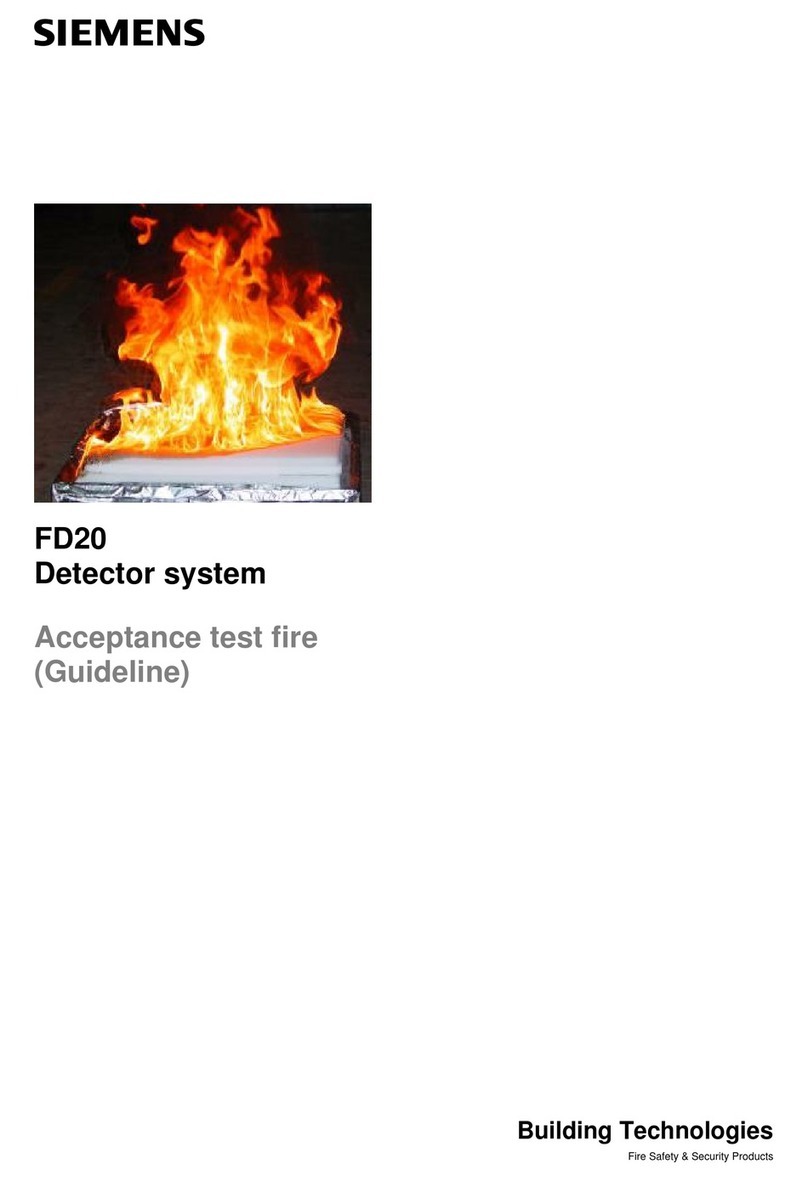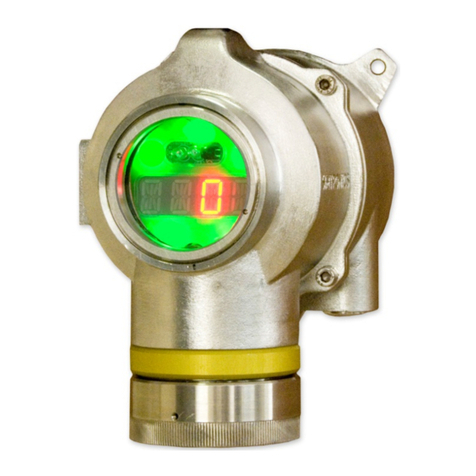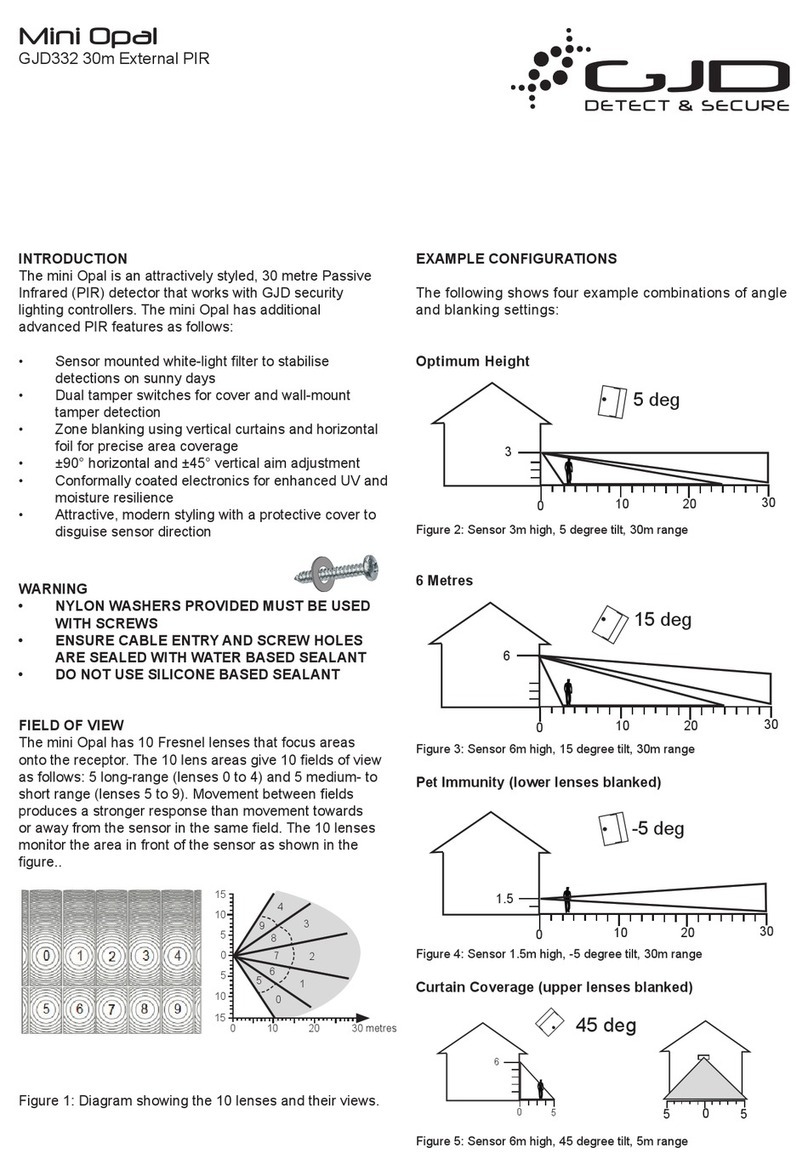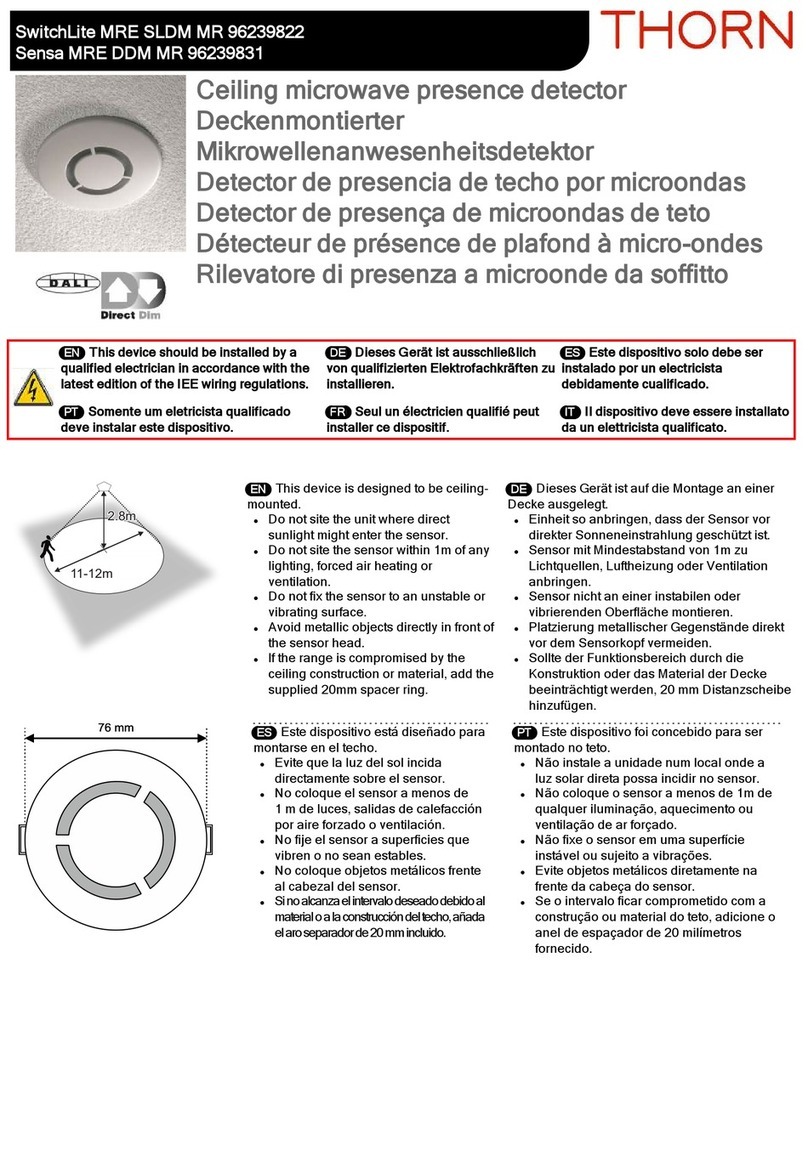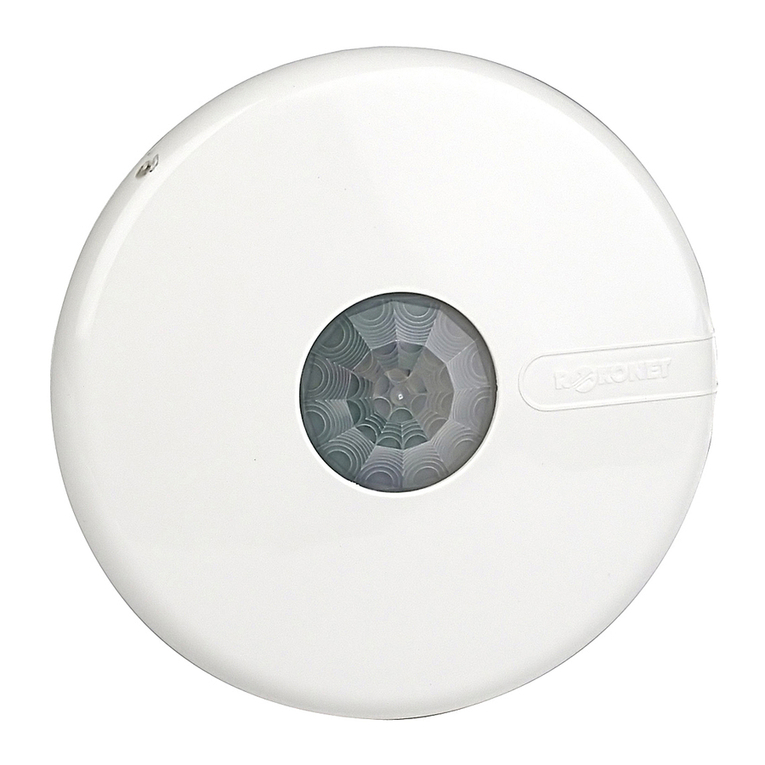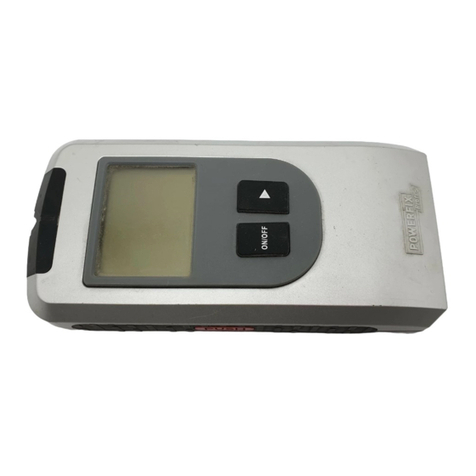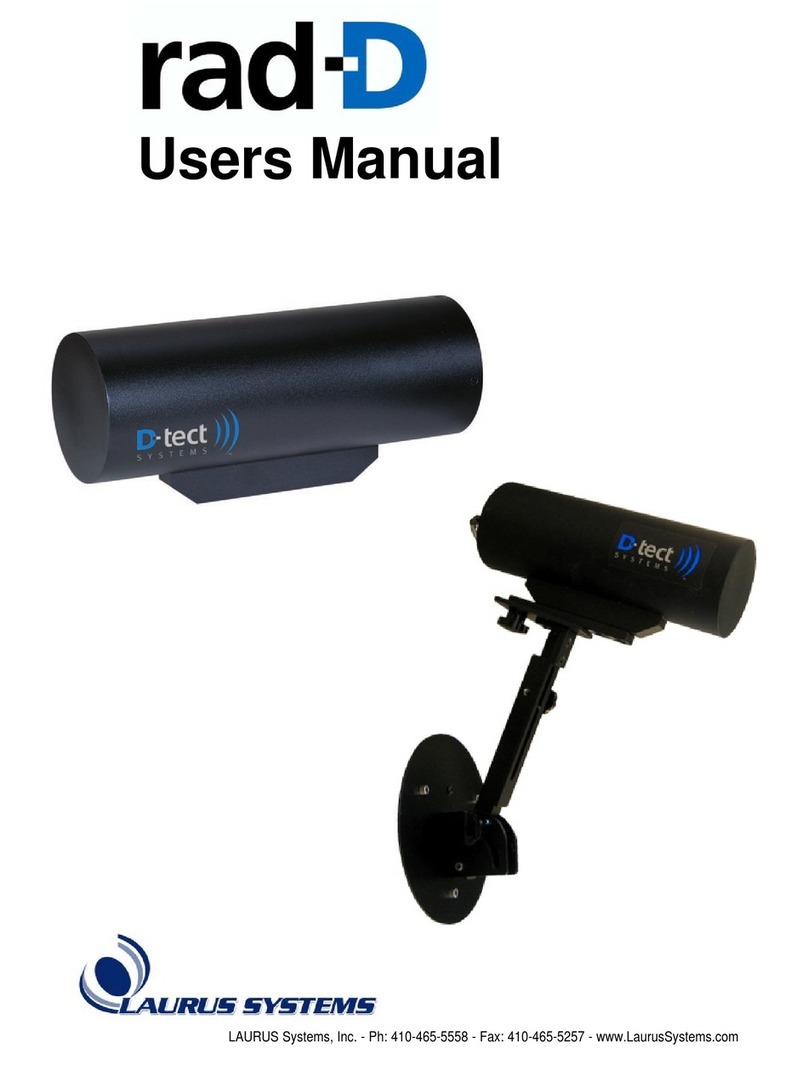
Model FL3112
iii
Table of Contents
Page
Model FL3112 .................................................................................................... i
Warranty Statement .................................................................................................... i
Warnings .................................................................................................... i
E C Declaration of Conformity in accordance with EC & ATEX Directives............. ii
Table of Contents .................................................................................................. iii
1.0 Introduction ................................................................................................... 1
1.1 General Description ................................................................................... 1
1.2 Principle of Operation................................................................................. 2
2.0 Specifications ................................................................................................... 4
2.1 System Specifications................................................................................ 4
2.2 Mechanical Specifications.......................................................................... 5
2.3 Electrical Specifications............................................................................. 5
2.4 Environmental Specifications..................................................................... 6
2.5 Modbus RTU Protocol................................................................................ 6
3.0 Installation ................................................................................................... 7
3.1 Upon Receipt of Your Equipment............................................................... 7
3.2 Choosing Detector Locations.....................................................................7
3.3 Detector Installation ................................................................................... 8
3.4 Interconnecting cable Guidelines ............................................................... 8
3.5 Installation Instructions.............................................................................. 9
3.6 Terminal Connections .............................................................................. 12
3.7 User Selectable Options........................................................................... 15
3.8 Factory Default Settings........................................................................... 17
4.0 Maintenance ................................................................................................. 19
4.1 General Maintenance............................................................................... 19
4.2 Cleaning the Lens .................................................................................... 19
4.3 Sensitivity Check...................................................................................... 20
4.4 Storage .................................................................................................... 20
5.0 Trouble Shooting.............................................................................................. 21
5.1 Trouble Shooting Chart............................................................................ 21




















